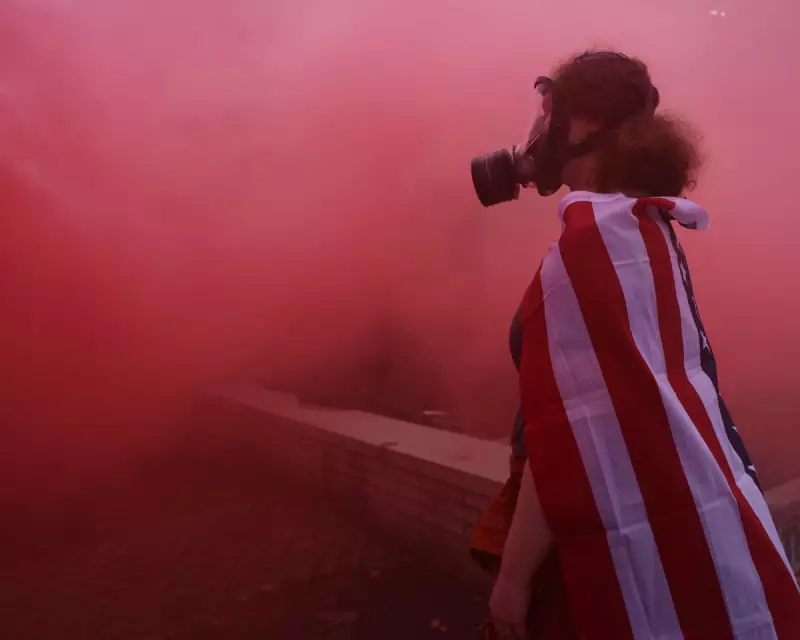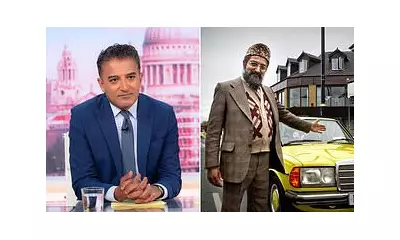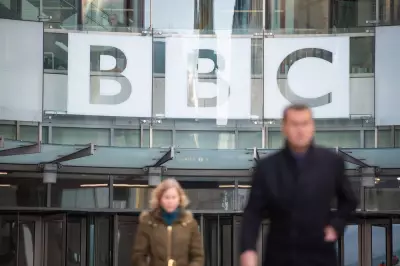
The Rise of Authoritarian Tactics in America
The United States has entered what political experts describe as an openly repressive phase under the Trump presidency. According to analysts Daniel Altschuler and Javier Corrales, the administration has moved beyond verbal attacks on civil society and is now deploying coercive force against civic organizations and their leaders. Research on democratic backsliding in other countries suggests that once coercion begins, escalation typically follows.
The Authoritarian Playbook in Action
The evidence that coercion has started is abundant. The administration began with brazen assertions of executive power to intimidate universities and law firms. Former FBI director James Comey and New York attorney general Letitia James, who attempted to hold Trump accountable, have faced indictments. The administration has designated 'antifa' - a non-existent organization - as a 'domestic terror' organization. Perhaps most alarmingly, National Guard troops and other federal forces have been deployed in cities against the will of governors and mayors, leading to violent confrontations.
ICE operations have been dramatically intensified, with helicopters and chemical agents now being used to raid communities. US citizens perceived as obstructing ICE operations are being detained, marking a significant escalation in government overreach.
The Insecurity Trap: How Repression Escalates
This pattern follows what political scientists call the 'insecurity trap.' Leaders like Vladimir Putin in Russia, Hugo Chávez in Venezuela, and Recep Tayyip Erdoğan in Turkey all began as bold reformers who exaggerated threats to justify expanding their security apparatus. As societal resistance grew, these leaders felt increasingly justified in deploying more coercion, eventually creating massive repressive machines.
In Russia and Turkey, existing intelligence organizations were fortified and made more secretive, while in Venezuela they were replaced with meaner forces. All three regimes created supplementary security forces: Rosgvardiya in Russia, colectivos in Venezuela, and Sadat in Turkey.
Trump appears to be following this exact pattern. His administration has advanced extreme policies including gutting federal agencies, installing vaccine skeptics at health agencies, and attempting to strip immigrants of legal status. The implementation of Project 2025 in his second term represents a bolder reform agenda accompanied by plans to fortify ICE as a security apparatus.
Resisting Repression: The Path Forward
Protest activity in 2025 has far exceeded that of 2017, with the No Kings march in June potentially being the largest single-day protest in American history at the time. The October follow-up march was even larger, with more than 2,700 protests across all 50 states.
To effectively resist this escalation, pro-democracy organizations must:
- Build the broadest possible coalition to defend institutions and rights
- Train communities in strategic nonviolence to resist state provocations
- Maintain discipline not to be provoked into violence while bearing witness
Successful examples include Free DC's ward-by-ward organizing against military occupation, Chicago educators accompanying children home when federal agents appeared outside schools, and Portland protesters using creative tactics like animal costumes and dance music to mock repressive forces.
The legal community has shown remarkable resilience, with law firms that stood firm winning legal challenges and gaining new business, while those that capitulated lost prominent clients and talent. More than 700 charitable foundations have united to prepare for potential attacks on their sector.
As Daniel Altschuler notes, hope comes from the tens of thousands who have joined nonviolent strategic action trainings. Javier Corrales points to the many legal organizations, including small firms, using courts to defend rights and curb executive overreach. The path forward requires courage, coalition-building, and disciplined nonviolent resistance to protect American democracy.





